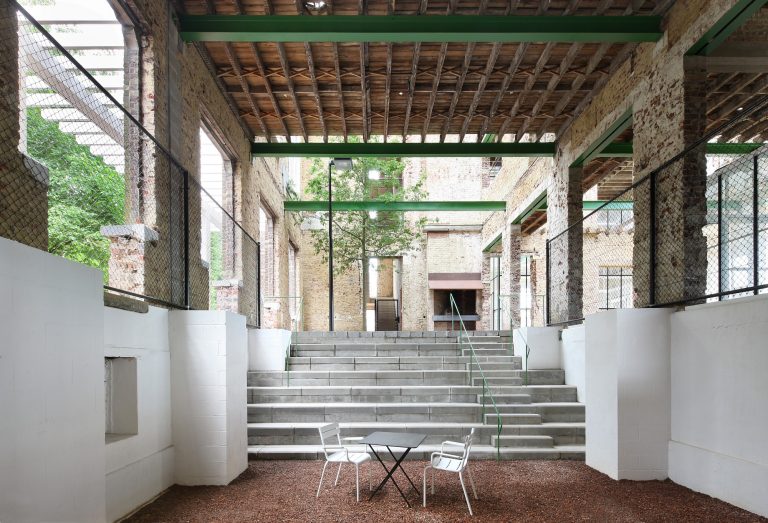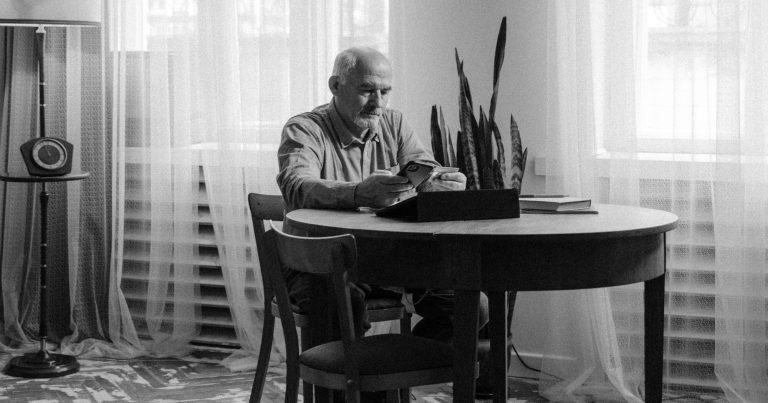Talk Series
MENTAL HEALTH – WHAT DOES ARCHITECTURE HAVE TO DO WITH IT?
Architecture and human affect are closely linked. Spaces and forms have marked effects on our mental, social, and physical well-being — they shape the ways in which we experience the rhythms of daily life. Aspects of design, buildings, urban planning, infrastructure, and public spaces are not neutral; they impact both individuals and the broader society — whether that is positively or negatively. One in four people will face mental health challenges. These are often accompanied by a high degree of stigma, which is worsened or lessened by a number of factors: government policy, the level of emotional literacy, the quality of help available, among others. Architectural spaces and decisions seem to interact with both the etiology of various conditions as well as the healing process of those in recovery. And so how might architectural practice contribute to the alleviation or even prevention of mental health problems? In what types of structures have people historically sought relief from inner difficulties? What is the role of active collaboration with other professionals as well as users of buildings in the conceptual and design phases? How could architectural solutions empower the individual?








